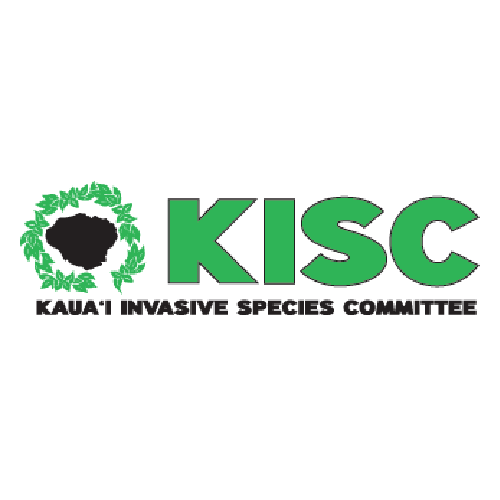Family: Lamiaceae
Rosmarinus officinalis (rosemary) is an aromatic, perennial evergreen shrub native to the mediterranean. It is a beloved culinary herb, adding flavor to dishes like roasted meats and soups. Rosemary also has a history of use in traditional medicine, with potential benefits for digestion, memory, and as an antioxidant. Additionally, it is grown for its ornamental qualities in gardens and is used to infuse fragrance in potpourri and herbal crafts. This plant has not been documented as naturalized in any Hawaiian Islands to date.
High Risk Traits:
- Broad climate suitability (grown in temperate, Mediterranean, and tropical climates)
- Naturalized in Bulgaria, Crimea, Azores, Canary Islands, Cape Verde, Bermuda, Texas, and Central Mexico (but no evidence in the Hawaiian Islands)
- May be allelopathic
- Rarely eaten by browsing and grazing animals (generally unpalatable for much of the growing season)
- Generally non-toxic, but may cause contact dermatitis to some people
- Contains highly flammable oils and may increase fire risk in arid, and fire prone habitats
- Reproduces by prolific seed production
- Can hybridize with other Rosmarinus species
- Potentially self-compatible
- Reaches maturity in 2 years
- May be spread by vehicles in agricultural settings where the species is commercially grown
- Older plants seed prolifically
- Tolerates heavy pruning
Low Risk Traits:
- No reports of negative impacts where cultivated
- Unarmed (no spines, thorns, or burrs)
- Non-toxic to animals
- Thrives in high light environments (dense shade may inhibit ability to spread)
- Not reported to spread vegetatively
- Lacks mechanisms for long-distance seed dispersal




